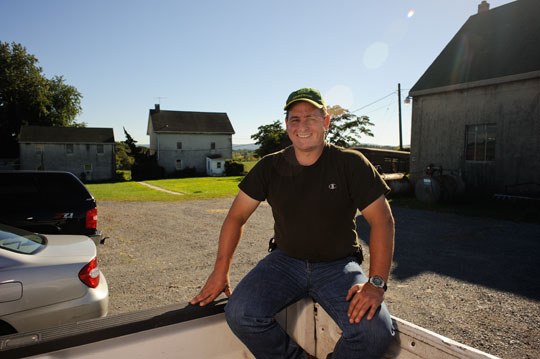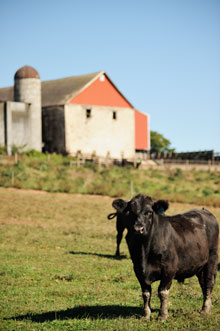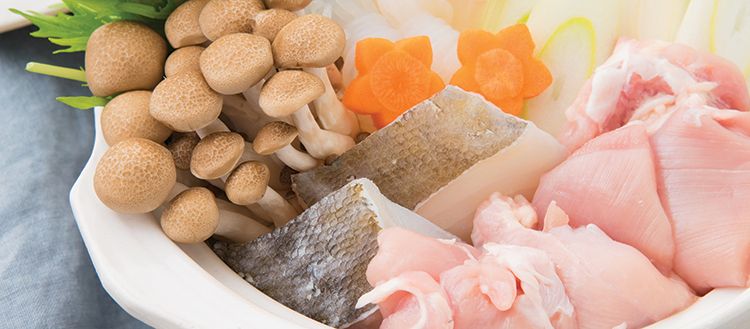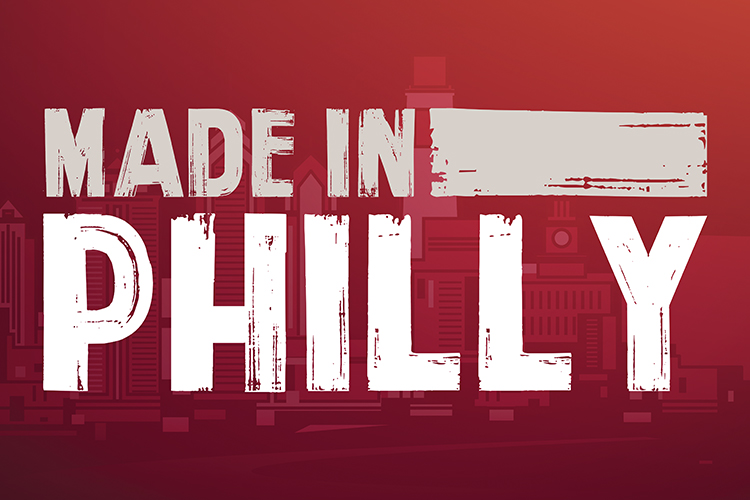 Randy ShanerThe red shale soil sloping down to the Manatawny Creek in Berks County is ideally suited for grassland, and even in Pennsylvania, grassland means cattle. Here Randy Shaner, his father, Bob Shaner, and his cousin, Chad Hoffman, raise grass-based, grain-finished 100 percent Angus cattle on 900 acres at the Peterson & Shaner Farms in Douglassville, Pennsylvania.
Randy ShanerThe red shale soil sloping down to the Manatawny Creek in Berks County is ideally suited for grassland, and even in Pennsylvania, grassland means cattle. Here Randy Shaner, his father, Bob Shaner, and his cousin, Chad Hoffman, raise grass-based, grain-finished 100 percent Angus cattle on 900 acres at the Peterson & Shaner Farms in Douglassville, Pennsylvania.
The business, started by Robert Shaner Sr. (Bob’s father, Randy’s grandfather) and his business partner, Edward Peterson, is now in its third generation of operation. It’s the experience that accompanies that longevity that Randy thinks, in part, gave them the confidence to make a challenging business decision to try using an untested commerce model.
When Randy was growing up, his family had a retail shop on the farm. After their cattle was processed and inspected at Smithfield Meats in Quakertown, Pennsylvania, they brought the whole sides of beef back to the farm, where they butchered and sold the meat in their retail shop. But soon, they found themselves competing with pre-packaged grocery store beef, even if the two products weren’t comparable in quality.
 “We had a premium product, but we weren’t getting a premium price,” Randy says. “We started tracking costs and realized we were losing money in the retail store … especially in the summertime when we should be making hay,” he says. Eventually, this spurred the family to close the retail shop. “Your labor is worth money, too,” Randy adds.
“We had a premium product, but we weren’t getting a premium price,” Randy says. “We started tracking costs and realized we were losing money in the retail store … especially in the summertime when we should be making hay,” he says. Eventually, this spurred the family to close the retail shop. “Your labor is worth money, too,” Randy adds.
The shop’s closing prompted some customers to ask whether the farm could process animals one at a time and freeze the meat for them. “We had enough interest that, in ’93, we started doing freezer halves,” Randy says. A “half” is a side of beef, and the farm’s alternative to operating their shop was to sell their steers by the half and break down halves into portions for customers to store in their freezers, creating their “freezer halves” model.
The farm still sends cattle to be processed and USDA inspected at the slaughterhouse, but it’s returned to their own refrigeration, where it’s dry-aged. A few times a month, customers visit the farm to purchase an entire side of beef—a forequarter, a hindquarter and the rib section, yielding between 350 and 450 pounds of meat—at once (though two to three families often divide up that quantity), for the hanging weight of about $2.55 per pound. About 60 percent of that total weight is what they take home once the bone and fat are removed, so the actual price per pound ends up being about $4. That means $4 per pound of ground beef, for prime rib and for filet. Even the most inexpensive grocery store beef can’t beat that price.
On freezer-half day, a former meat cutter at a Genuardi’s supermarket helps with the butchering. Buying this much beef at once is a big expense, but families get a major price break from what a similar quantity of beef would cost at a supermarket; and because they’re face-to-face with their butcher, they can specify what cuts they want.
The farm benefits, too. They only butcher cattle that they know they’ll be able to sell, and the direct-sale model is increasingly popular. “We did about 12 the first year, now we’re up to about 70,” Randy says. His father, Bob, is encouraged. “The opportunity in agriculture has never been better,” he says. “It’s such an exciting, positive time.”
Story by Emily Teel. Photos by Albert Yee.








